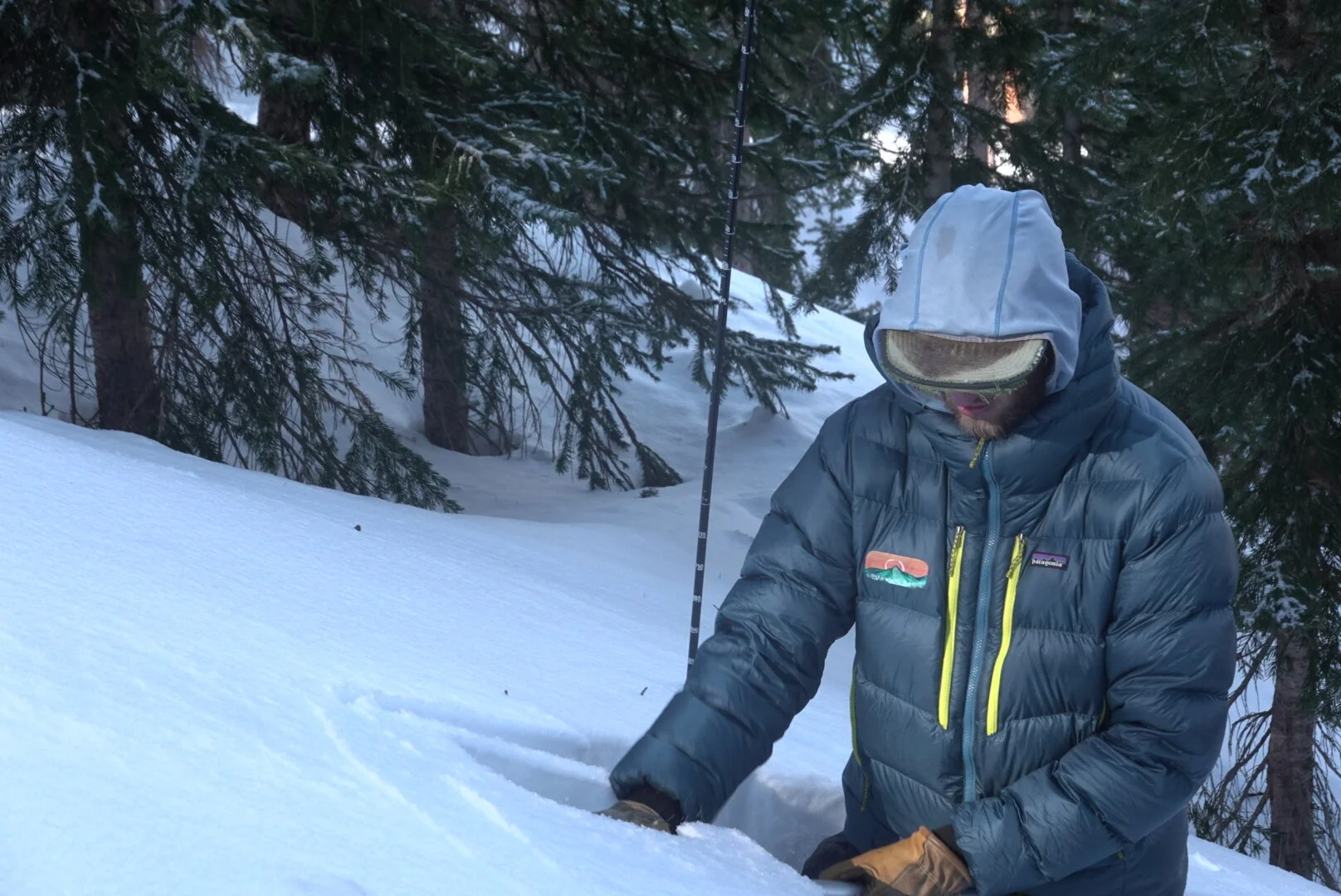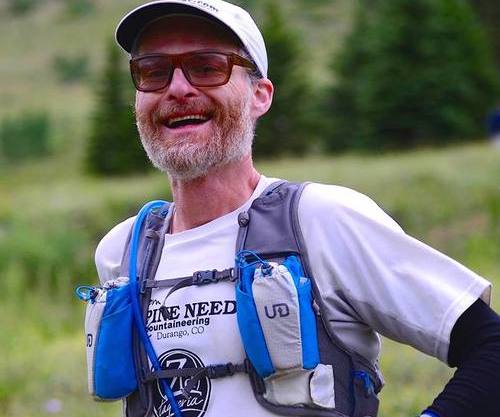Tips and Tricks for Backcountry Skiing and Avalanche Safety
Our partner and non profit organization, Friends of the San Juans, started producing video shorts this year about what it takes to travel safely and stay smart in the San Juan backcountry. We encourage everyone to get out and explore the backcountry. Before you go out, make sure you know what it takes to do it safely.
Episode 1: Gear and Training
Backcountry Skiing and Avalanche Safety Gear and Training
What do you need while out in the backcountry? The three main pieces necessary for backcountry travel are beacon, shovel and probe. Once you have the gear, get the training. Keep backcountry skiing safety a main priority. Check out these local options for backcountry training and courses.
Episode 2: Get the Forecast
Get the Forecast with Colorado Avalanche Information Center (CAIC)
Colorado Avalanche Information Center (CAIC) is the place to go for avalanche forecasting. Make sure you check the avalanche forecast everyday before you head into the backcountry. CAIC gives avalanche forecasts, field reports, weather forecasts, and live weather data to help with your backcountry skiing and avalanche safety.
Episode 3: Terrain Management
Terrain Management and Avalanche Safety
Terrain management is key in backcountry skiing and avalanche safety. It is the only factor you can control while in or around avalanche terrain. Keep an eye out for the five red flags while backcountry touring.
Recent Avalanches
Cracking and Whumphing
New Snow
Rapid Warming
Recent Winds
Episode 4: Parking Etiquette
Backcountry Skiing and Parking Etiquette
During winter storms make sure to stay out of the Colorado Department of Transportation. Park in established parking areas, don’t stop in designated avalanche areas, be aware of your surroundings. CDOT is trying to maintain avalanche safety for everyone, do your part. Also make sure to check COtrip for road closures and highway information before driving over the passes.
Episode 5: Backcountry Etiquette
Backcountry Etiquette
Everyone is in the mountains to explore and have a good time, including you. Make sure to treat others with respect in the backcountry. If using a radio, keep chatter to a minimum and be clear and concise. While setting a skin track, keep it safe, accurate and efficient. Things to consider while digging a pit, dig in a safe location and fill in your pit when finished. Remember, we are all there to have fun!






